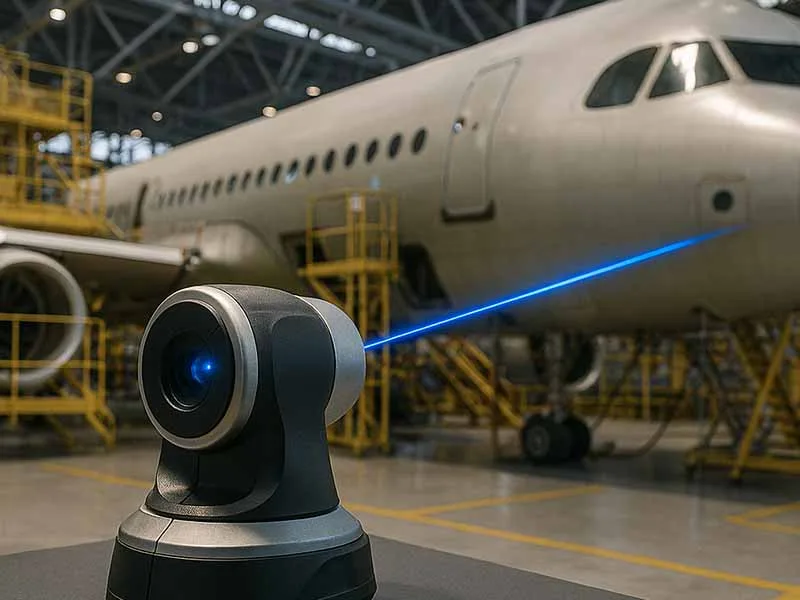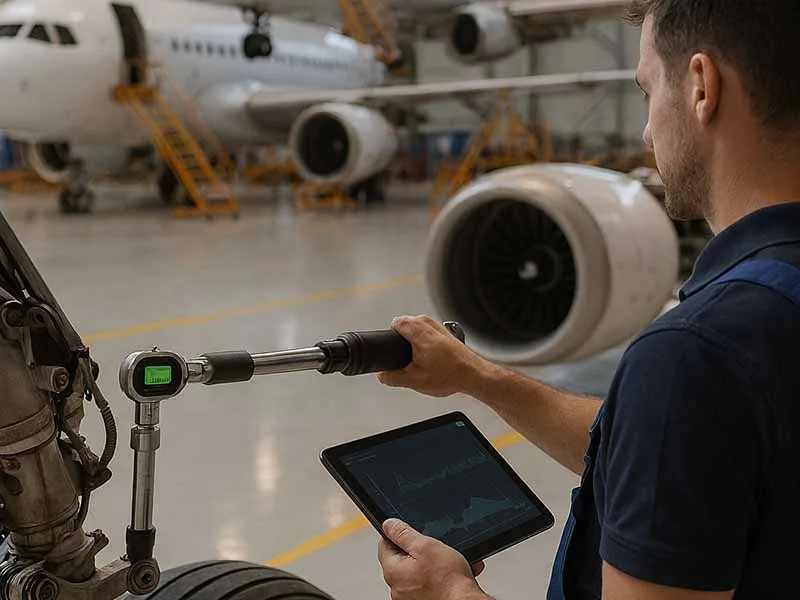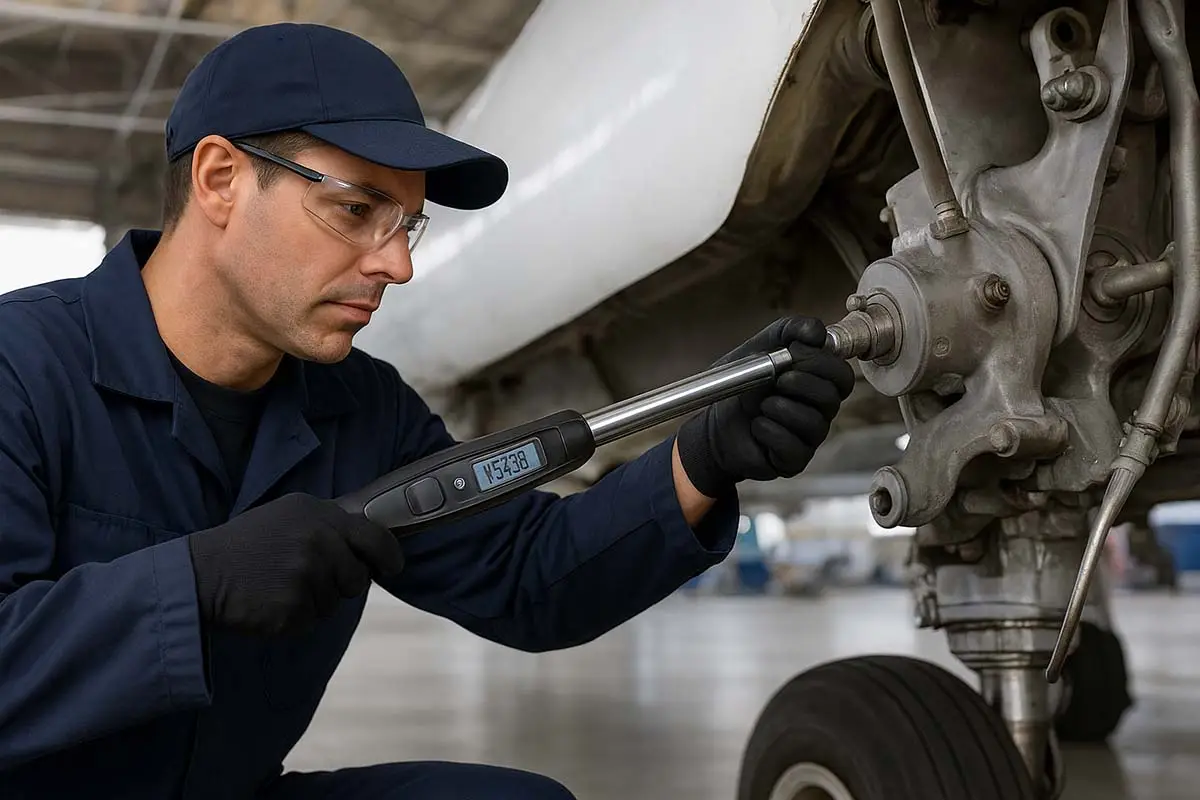Introduction: Why Precision Matters in Aerospace
When it comes to building airplanes, “close enough” simply isn’t good enough. A millimeter off in your living room shelf won’t crash a flight, but in aerospace manufacturing, precision is everything. That’s where laser measurement tools come in—helping manufacturers ensure every rivet, panel, and engine part aligns with microscopic accuracy.
Laser-based metrology isn’t just about neat data. It’s about building safer, lighter, and more efficient aircraft while cutting down on wasted materials and rework.
What Are Laser Measurement Tools in Aircraft Manufacturing?
Laser measurement tools use beams of light to capture precise dimensions, shapes, and surface profiles of components. In aerospace, they help engineers verify whether every single part matches its CAD design down to microns.
Core Uses:
- Component inspection (fuselage panels, turbine blades)
- Assembly alignment (wings, landing gear)
- Surface quality checks (smoothness, coatings)
- Digital twin integration (feeding data into simulation models)
Key Features of Laser Measurement Tools
- High accuracy: Measurements in the micron range.
- Non-contact scanning: No risk of damaging sensitive surfaces.
- 3D modeling: Creates digital maps for comparison to CAD.
- Portability: Handheld scanners can be used on large aircraft sections.
- Automation ready: Integrates with robotic arms for continuous production checks.
Real-World Applications in Aircraft Production
- Fuselage Assembly: Laser trackers align giant fuselage sections with minimal human adjustment.
- Engine Components: Blades and housings undergo 3D scanning to detect micro-deformations invisible to the naked eye.
- Composite Materials: Non-contact scanning prevents delamination caused by traditional measuring probes.
Case Example: Boeing has used laser trackers in 787 Dreamliner production to align wing-to-body joins, reducing assembly time and increasing consistency.
The Advantages of Laser Measurement in Aerospace
- Speed: Faster inspections than manual gauges.
- Consistency: Reduced human error in measurements.
- Safety: Ensures parts meet strict aviation standards.
- Cost Efficiency: Less rework, fewer rejected components.
- Data Integration: Measurements feed into digital manufacturing systems for traceability.
The Downsides and Limitations
Let’s not sugarcoat it—laser tools aren’t perfect.
- High Initial Cost: Industrial-grade systems cost hundreds of thousands of dollars.
- Training Requirements: Engineers need specialized skills to operate and interpret results.
- Environmental Sensitivity: Dust, vibration, or heat can distort readings.
- Data Overload: Huge data sets require strong IT infrastructure.
Critical Note: For smaller aerospace suppliers, investment in laser metrology might not pay off unless demanded by OEM contracts.
Lesser-Known Facts About Laser Measurement in Aerospace
- Fact 1 (Lesser-Known): Some systems can measure aircraft parts while they are still in motion on assembly lines, eliminating production stoppages.
- Fact 2 (Interesting): Early aerospace laser scanners were so bulky they required crane support—today, portable handheld units can fit in a backpack.
Funny Fact: Technicians joke that laser trackers are “the world’s most expensive laser pointers”—except they keep airplanes safe, not cats entertained.
Technical Specifications Snapshot
While specs vary, aerospace laser trackers typically include:
- Accuracy: ± 10–25 microns over several meters.
- Range: Up to 80 meters, suitable for full aircraft sections.
- Scanning Speed: Up to 1 million points per second.
- Integration: Compatible with CAD/CAM systems and digital twins.
Future Outlook: Lasers Meet AI
The next frontier combines AI with laser metrology. Future tools will not just measure but also automatically analyze results, flagging tolerances and suggesting fixes in real time. Imagine a “self-thinking” measurement system that talks directly to robots on the assembly floor—cutting humans out of routine quality checks.
Laser Measurement Tools in Aircraft Manufacturing FAQ
Conclusion
Laser measurement tools are transforming aerospace production from a game of microns to a game of data-driven perfection. They save time, cut costs, and boost safety. Yet, with high costs and steep learning curves, not every manufacturer can afford to hop aboard immediately.
The future is clear: lasers combined with AI will drive aircraft manufacturing into a new era of speed and accuracy. Until then, engineers will continue wielding these “super-laser pointers” to keep every bolt and wing in perfect alignment.
✈️ Have you ever worked with laser measurement tools in aerospace or another industry? Share your experience in the comments below and spread this article on social media.





